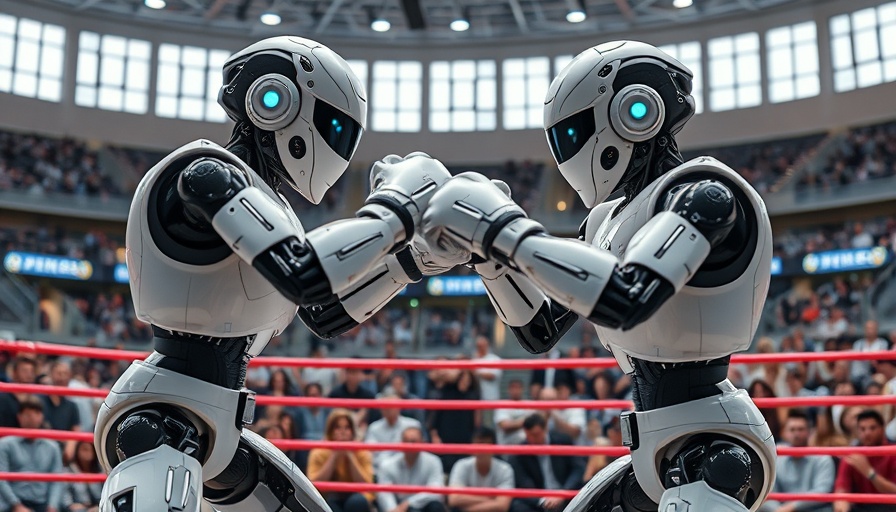
The Fascinating Intersection of Human Touch and Robotics
This year's World Humanoid Robot Games in Beijing have sparked a compelling conversation about the role of robotics in our increasingly automated world. As participants showcased their impressive capabilities, from complex decision-making to fluid movement, it became clear that a human touch still plays a crucial role in technology. Viewers observed not only the advancements in robotic design but also the limitations that come with these innovations. While robots can perform tasks with remarkable efficiency, they often lack the empathy and nuanced understanding that only humans can provide.
Human Emotion: The Missing Link in Robotics
Witnessing robots attempt to mimic human interactions, it becomes evident that despite their capabilities, they struggle with emotional intelligence. This is particularly true in scenarios involving kindness, compassion, and understanding—elements that define human relationships. The games illuminated these deficiencies when robots participating in various challenges demonstrated perfectly programmed skills but faltered in social contexts where emotional responses are key. This raises the question: can robots ever fully replicate what it means to be human?
Why the Human Element Matters Now More Than Ever
As automation permeates different sectors—from healthcare to service industries—discussions about the necessity of keeping a human element within tech development become critical. Robotics experts emphasize that integrating human insights in technology development can lead to better designs that address users' emotional needs. By bridging the gap between technology and humanity, we can create environments that utilize robotics responsibly while still catering to the emotional and social needs of individuals.
Global Perspectives on the Role of Robotics
Countries worldwide are exploring the integration of robotics with various degrees of enthusiasm. In Japan, robotics are employed to aid the aging population, enhancing quality of life through companionship and assistance. Contrastingly, in the U.S., concerns about job displacement and the ethical implications of using robots in workplaces have sparked a separate dialogue about the future role of technology. These divergent perspectives highlight how each culture navigates the balance between embracing innovation and protecting human values.
Emerging Trends: The Need for Emotional Intelligence in Robotics
As the robotics industry evolves, new trends emerge emphasizing the importance of emotional intelligence in design. Developers are increasingly exploring how to program robots with responses that mimic empathy, enabling them to connect better with humans. At the World Humanoid Robot Games, competitors were not only evaluated on their physical abilities but also on how well they could engage with their human counterparts. This shift in focus suggests a potential new direction for robotics in which emotional connection becomes as valuable as mechanical prowess.
Looking Ahead: Future Implications of Human-Robot Interaction
Considering the advancements made in robotics, the future holds promising potential, but also significant challenges. Specialists argue that instead of replacing human jobs, robots should augment the human experience—allowing people to focus on complex problem-solving and innovative tasks while machines handle mundane operations. The key lies in finding the right balance between technology and human engagement, ensuring that while we embrace innovation, humanity remains at the forefront of development.
Final Thoughts: The Journey Ahead
The World Humanoid Robot Games are not just a showcase of technological prowess; they are a mirror reflecting our values and priorities as a society increasingly reliant on machines. As the field of robotics continues to evolve, individuals across industries must engage in thoughtful discussions about how to ethically integrate these technologies while safeguarding the essential human connection.
In conclusion, the challenge is clear: as we forge ahead into an uncertain future, we must ensure that the human touch remains integral in shaping the technologies that will define our world.
 Add Row
Add Row 
 Add
Add 


Write A Comment